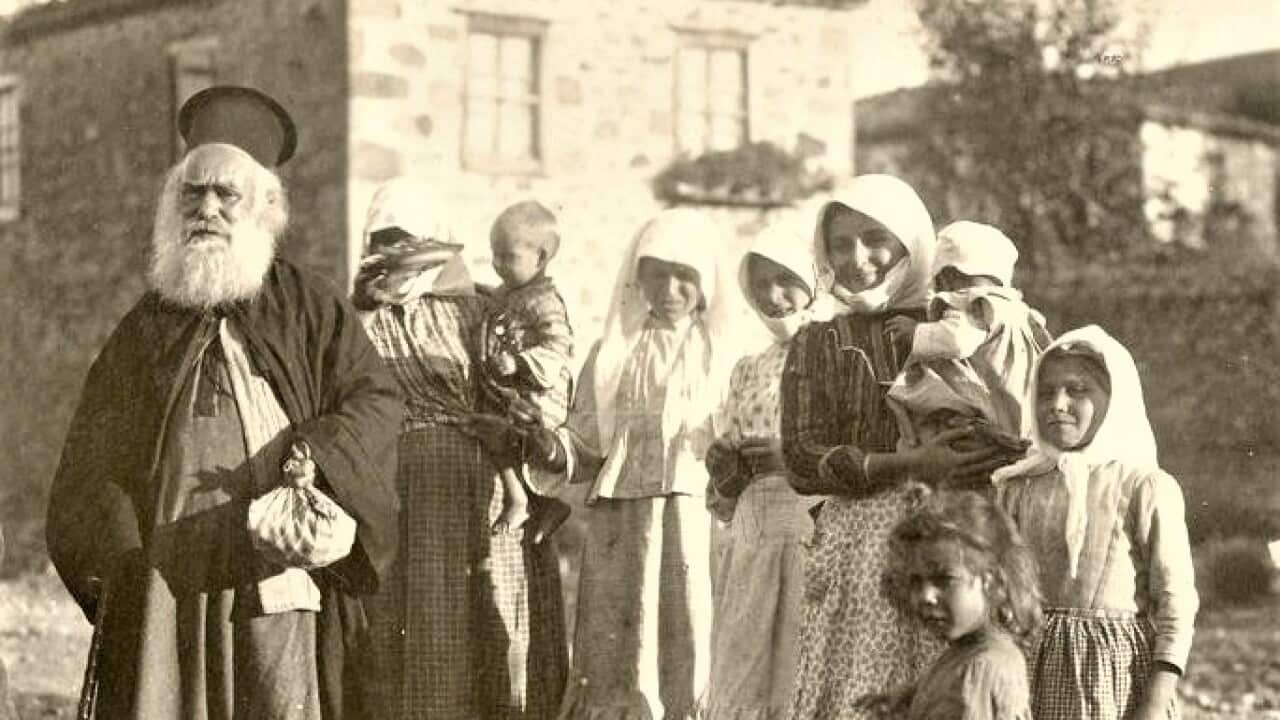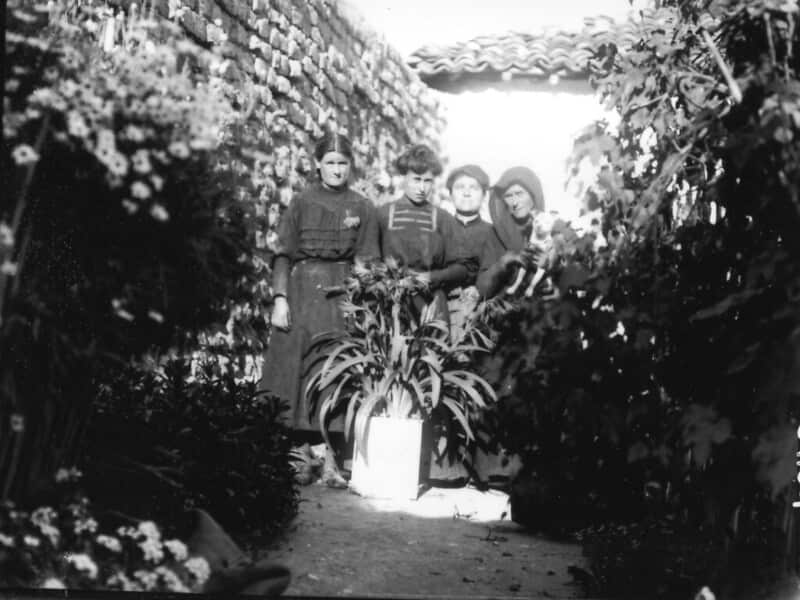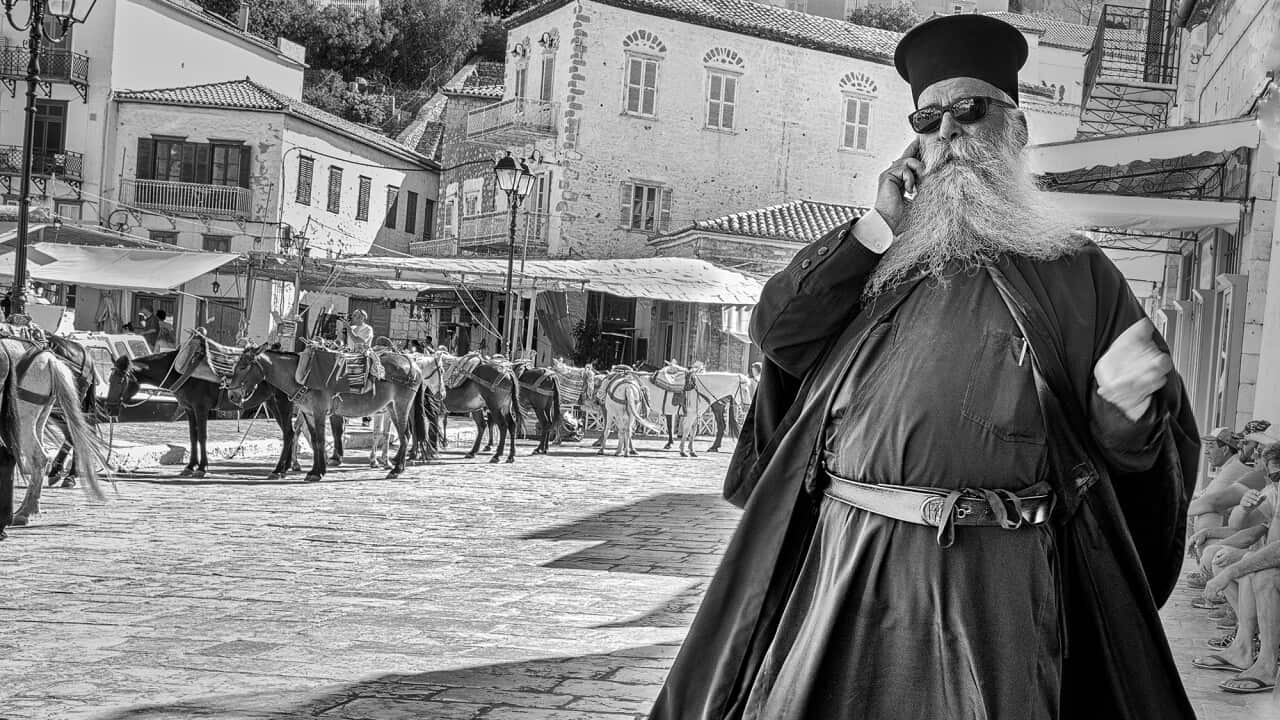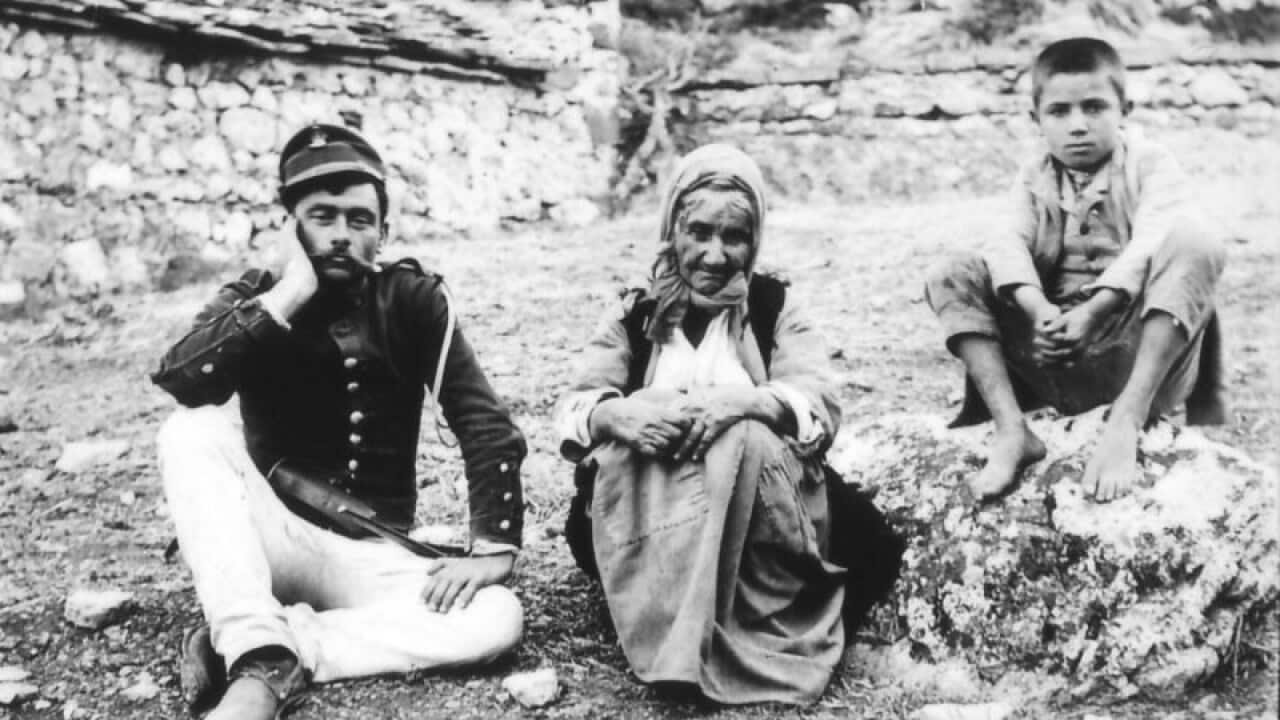On November 18, the opening of Chau Chak Wing Museum in the university of Sydney will present an exhibition titled Impressions of Greece. Part of the exhibition is the The Woodhouse Archive Flickr Project, a collection of more than 1800 photographs taken in Greece at the end of the 19th century and the beginning of the 20th century.
The photos where taken by William Woodhouse, who was chair of Greek in the institution from 1900 until he passed away in 1937. The photographs he took depict Greece before the country’s industrial revolution and archaeological excavations took place. Decades after his death, these photographs were donated to the university of Sydney’s Nicholson Museum, where Woodhouse had served as Honorary Curator from 1903 to 1937, and are now part of the institution’s Nicholson Collection.
Decades after his death, these photographs were donated to the university of Sydney’s Nicholson Museum, where Woodhouse had served as Honorary Curator from 1903 to 1937, and are now part of the institution’s Nicholson Collection.

This photograph was taken by Nicholson Museum curator William J Woodhouse in Greece between 1890 and 1935. Source: The Woodhouse Archive Flickr Project
Now, the Collection’s curator, Candace Richards begun The Woodhouse Archive Flickr Project. All of the photographs were uploaded online in the hope that input from Greeks in Australia and the international community would yield more information about the places and the people depicted in the photographs.
So far, the project has received information regarding more than 400 images.
YOU CAN FIND MORE STORIES HERE

The diachronic passion and love for photography of a Greek migrant
Read the full press release below:
William Woodhouse was chair of Greek at the University of Sydney from 1900 and Honorary Curator of the University’s Nicholson Museum from 1903 until his death in 1937. A regular traveller to Greece, he voraciously photographed his explorations of Greek antiquity and excursions through the countryside. Woodhouse’s prolific photography has resulted in more than 1800 glass plate images of Greece’s archaeological sites, landscapes, villages and people being included in the University’s Nicholson Collection. The Woodhouse Archive Flickr Project began in 2017 to glean more information about these images.
Woodhouse’s prolific photography has resulted in more than 1800 glass plate images of Greece’s archaeological sites, landscapes, villages and people being included in the University’s Nicholson Collection. The Woodhouse Archive Flickr Project began in 2017 to glean more information about these images.

This photograph was taken by Nicholson Museum curator William J Woodhouse in Greece between 1890 and 1935. Source: The Woodhouse Archive Flickr Project
“Woodhouse’s archive is a rich resource, capturing many sites before intensive archaeological excavations commenced and before Greece’s modern industrial development,” said Nicholson Collection curator Candace Richards.
“The collection was donated by Woodhouse’s daughter Liska in the late 1980s. My predecessors immediately realised their significance, but sadly they were archived in the attic and were inaccessible. In 2007 the museum started digitising the collection. Unfortunately, there was little archival information accompanying the glass plate negatives, with only a few scraps of handwritten notes among the images.” In 2017 Richards thought the most expedient way to flesh out the catalogue was to take it to the public. She uploaded the full archive onto .
In 2017 Richards thought the most expedient way to flesh out the catalogue was to take it to the public. She uploaded the full archive onto .

This photograph was taken by Nicholson Museum curator William J Woodhouse in Greece between 1890 and 1935. Source: The Woodhouse Archive Flickr Project
“Australia has a large Greek community and, pre COVID-19, upwards of visited Greece each year. The accessibility of the platform also meant that the collection could draw on the international community to help us identify images and catalogue the collection.”
YOU CAN FIND MORE STORIES HERE

'Relative peace in a sea of war': Rare Anzac photos and memoirs reveal their experiences during the Gallipoli campaign

This photograph was taken by Nicholson Museum curator William J Woodhouse in Greece between 1890 and 1935. Source: The Woodhouse Archive Flickr Project
“It’s been encouraging to see so much interest,” Richards said. “Comments range from detailed observations made by archaeologists to trainspotters and tourists and to the Greek community sharing knowledge about their villages or families’ experiences growing up in rural Greece.” German-based Hellenic Studies teacher Alexios Katefidis became involved in the project after a Google search on his hometown of Agrinio. He has identified five of the more obscure images in the collection.
German-based Hellenic Studies teacher Alexios Katefidis became involved in the project after a Google search on his hometown of Agrinio. He has identified five of the more obscure images in the collection.

This photograph was taken by Nicholson Museum curator William J Woodhouse in Greece between 1890 and 1935. Source: This photograph was taken by Nicholson Museum curator William J Woodhouse in Greece between 1890 and 1935.
“I immediately recognised the unidentified photos that come from my hometown…but also from many other areas of Greece.”
Aside from identifying locations and buildings, members of the public have been able to identify cultural activities photographed by Woodhouse and provide geographical coordinates pertaining to specific images. Some images, like those of the Parthenon, were easily identifiable, says Richards but others are obscure. These include villages that have been drastically changed with development over the past century and buildings like mosques that were dismantled following the Greco-Turkish War and Lausanne Convention in the early 1920s.
“The range of knowledge offered and detailed observations are astonishing,” says Richards. “One contributor was able to identify an image by zooming in on the tiny church resting on top of a hill, barely visible to the casual observer.”
YOU CAN FIND MORE STORIES HERE

Melbourne photographer captures Greek resilience during the country's 'lost decade'

Port of Patra. This photograph was taken by Nicholson Museum curator William J Woodhouse in Greece between 1890 and 1935. Source: The Woodhouse Archive Flickr Project
The Woodhouse Archive Flickr Project will feature in the Impressions of Greece exhibition at the University’s Chau Chak Wing Museum when it opens to the public on 18 November. The exhibition will include a changing selection of Woodhouse’s glass plate images paired with antiquities from the collection that explore different themes of ancient and modern Greek culture. Visitors to the museum will also be able to continue contributing to the project.

This photograph was taken by Nicholson Museum curator William J Woodhouse in Greece between 1890 and 1935. Source: The Woodhouse Archive Flickr Project




